If you're interested in science or cooking, you may have heard of the Maillard reaction. This chemical reaction often gets a mention when we talk about searing steaks or baking bread, but did you know that coffee roasting involves the Maillard reaction, too?
Without it, roasting coffee wouldn't even be a thing! Green coffee beans would remain green beans until the end of their days, and we would never be acquainted with the flavor and aromatic compounds we love in our morning (or anytime -- we're not judging) brew.

In this article, we're going to peer into the science behind this most delicious of chemical reactions so that you can use it to craft the perfect batch of roasted coffee.
No lie -- the Maillard reaction is complicated. Thankfully, you don't have to be Einstein to use it and make it your tool, just like you don't have to be Alfred Peet to roast your own java!
What Is the Maillard Reaction?
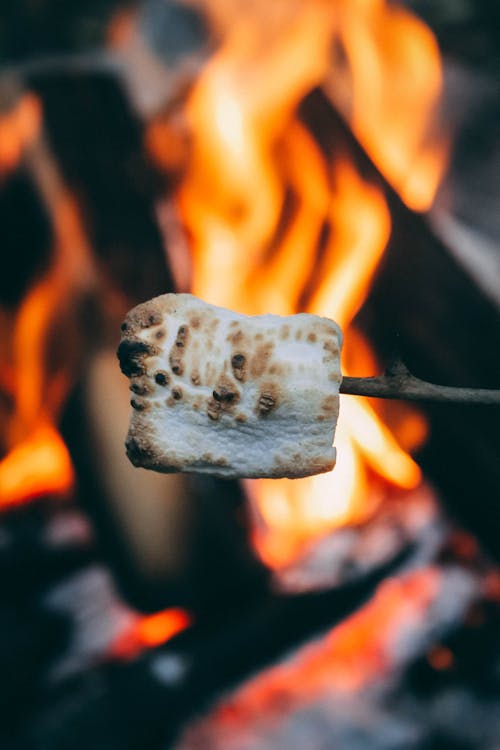
Imagine the taste of a marshmallow straight from the bag. Now imagine it toasted over a hot fire. Let it cool, and then pop it into your mouth. Aside from temperature, what's different? That nice charred, cooked flavor is the Maillard reaction at work!
The Maillard reaction is a complex chemical reaction that occurs between amino acids (the building blocks of protein) and reducing sugars when exposed to heat. The process is named for Louis Camille Maillard, who first described it in 1912.
This reaction leads to the formation of hundreds of flavor compounds, resulting in the characteristic brown color and rich aroma associated with roasted foods, including coffee.
The Maillard Reaction in Coffee Roasting
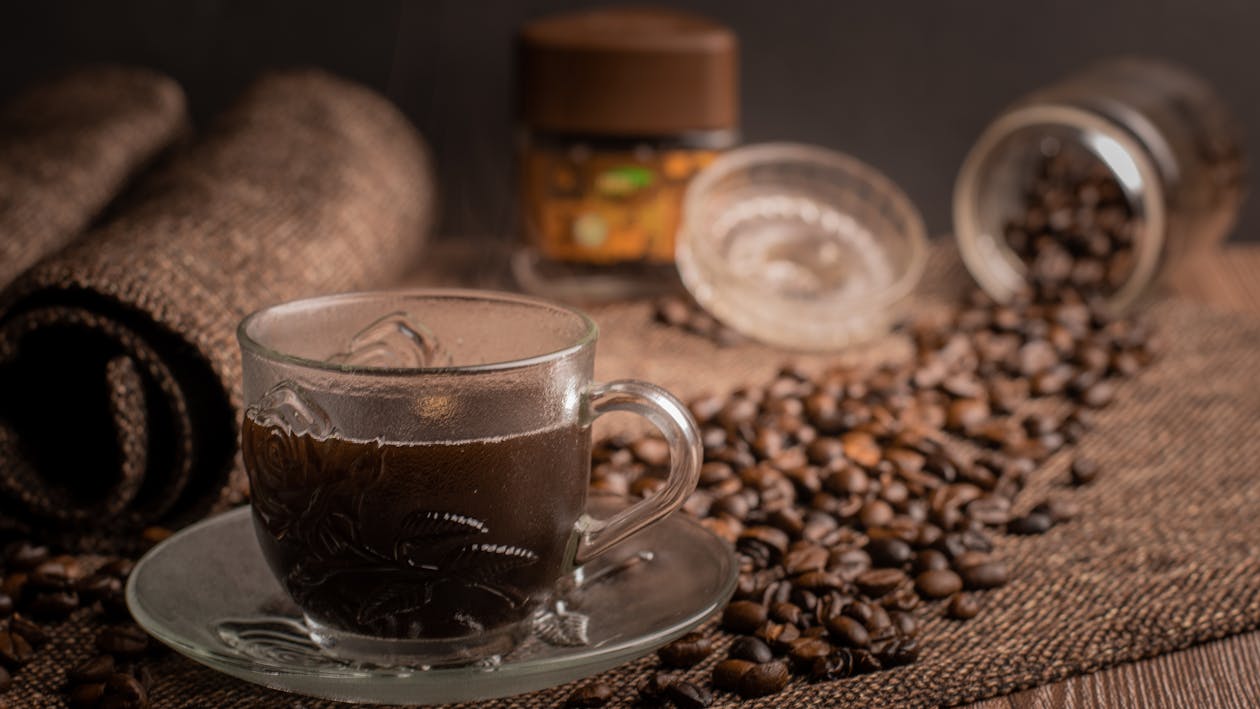
Overview of the Roasting Process
Coffee roasting is a meticulous craft that transforms green coffee beans into the aromatic and flavorful beans we enjoy. The process unfolds in three distinct phases: the Drying Phase, Caramelization (where Maillard reactions occur), and the Development Phase, commencing with the first crack of the beans as they release steam.
Drying Phase: During the Drying Phase, the beans transition to a yellow hue and expel moisture, emitting a grassy aroma. This sets the groundwork for subsequent development.
Caramelization: This second phase marks a crucial stage where Maillard reactions occur, enhancing flavor complexity and aroma. This phase leads to the beans undergoing chemical changes that define their flavor profile.
Development Phase: As the beans reach a light to medium roast level, they emit an audible cracking sound as steam is released from them. This sound is known as the "first crack." The final phase of the roasting process, the Development Phase, begins with the first crack, signaling the start of development time. Following this, the beans continue to evolve, culminating in darker roasts.
Throughout the process, roasters meticulously monitor temperature and airflow, aiming to achieve a harmonious balance between flavor development and avoiding over-roasting.
Once the beans reach the desired roast level, they are swiftly cooled to preserve their rich flavors.
Temperature and Time: Crucial Factors
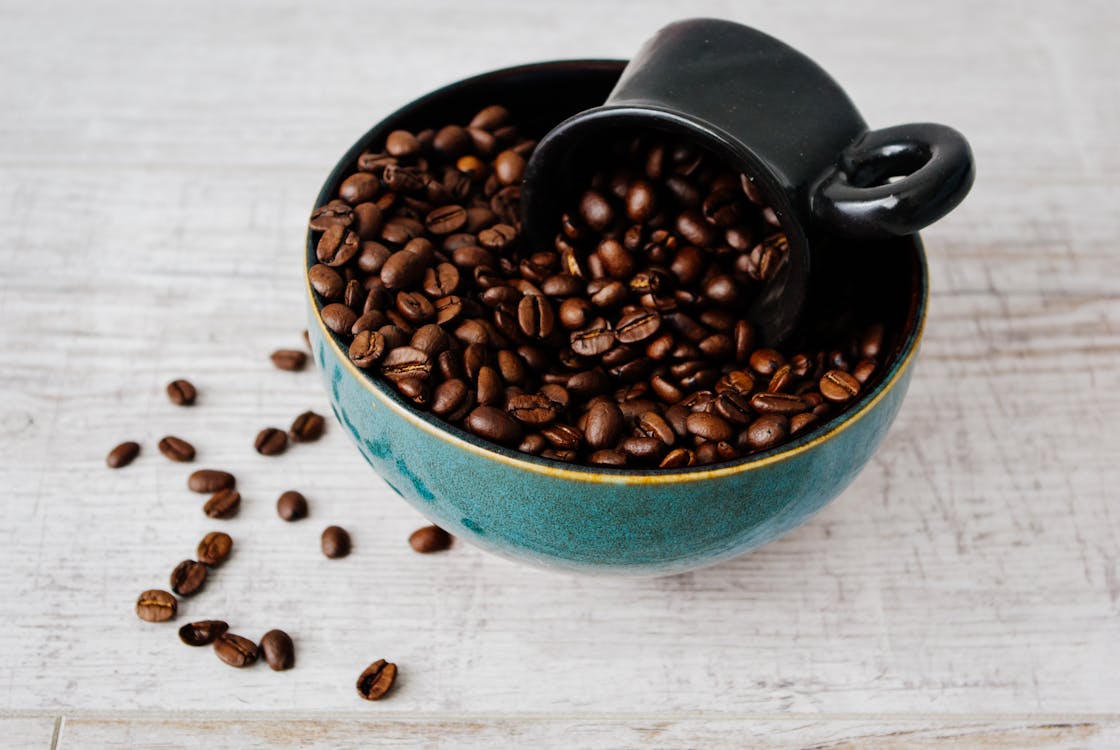
Temperature plays a critical role in initiating and controlling the Maillard reaction during coffee roasting.
As the green coffee beans are exposed to increasing temperatures, the Maillard reaction begins, gradually intensifying as the roasting process progresses.
Different compounds are formed at various temperature ranges, contributing to the diverse flavor profiles found in different roast levels.
Time is another crucial factor influencing the Maillard reaction in coffee roasting. In general, a longer Maillard reaction has a significant impact on key elements of the coffee, increasing the coffee's flavor profile via a more complex sugar browning.
It also increases the texture and mouthfeel of the brew. It's important to be careful, however. If the reaction is drawn out too long, you can end up with roasted coffee that's bitter, as too many flavorful compounds would be dissolved.
Shorter Maillard reactions tend to produce coffees with a softer mouthfeel and texture, with less complex sweetness and flavors. But if the Maillard reaction occurs too quickly, too many organic acids remain, resulting in malty, astringent, sour notes.
Thus, roasters carefully monitor the duration of the roasting process to achieve desired flavor development while avoiding undesirable burnt or bitter notes. Balancing temperature and time allows roasters to unlock the full potential of the Maillard reaction, creating nuanced and flavorful coffee profiles.
Impact on Flavor and Aroma

The Maillard reaction is responsible for the creation of a wide range of flavor and aroma compounds that contribute to the sensory experience of coffee. These compounds include pyrazines, furans, and thiols, which impart notes of caramel, chocolate, nuttiness, and fruity sweetness to the roasted beans.
Additionally, the Maillard reaction generates volatile aromatic compounds that give coffee its distinctive aroma. As coffee beans undergo roasting, these compounds evolve, producing complex and inviting aromas that tantalize the senses.
Maillard Reaction and Roast Levels
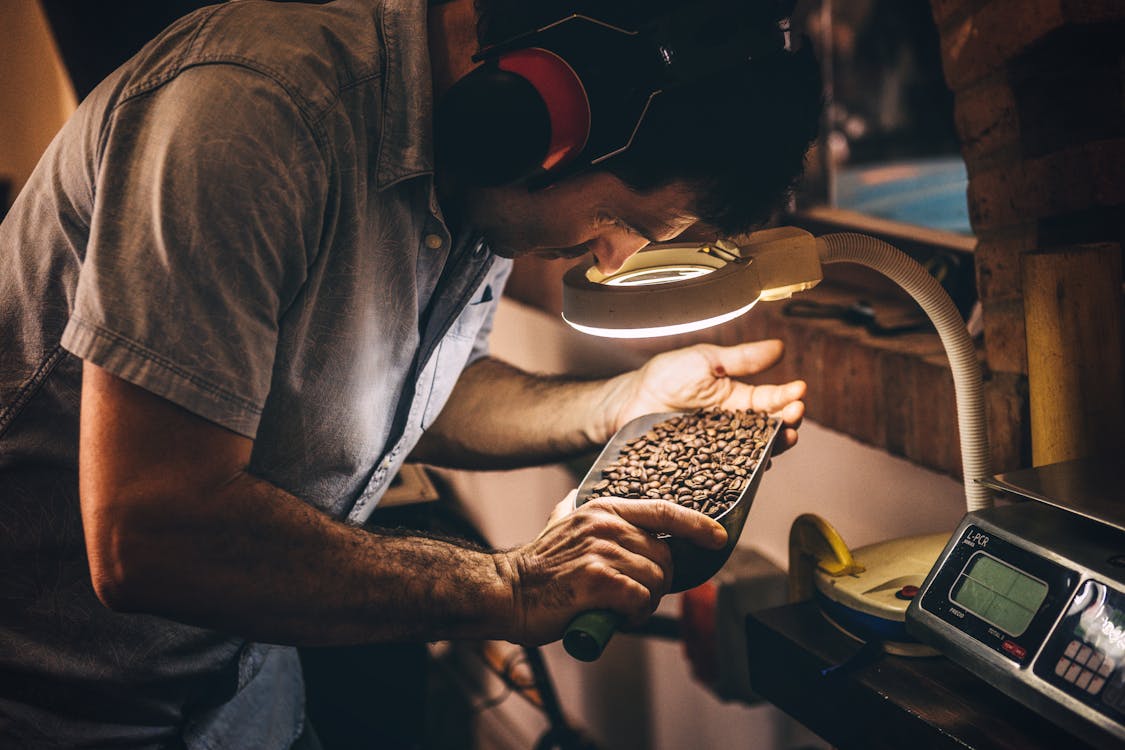
The degree to which the Maillard reaction occurs during coffee roasting depends on the roast level chosen by the roaster. Lighter roasts retain more of the beans' inherent acidity and origin characteristics, with the shorter reaction contributing subtle caramelization and fruitiness.
Medium roasts strike a balance between acidity and body, with the Maillard reaction producing richer flavors and aromas, including notes of chocolate and nuts.
Dark roasts undergo prolonged exposure to heat, leading to pronounced caramelization and bittersweet flavors, albeit with reduced acidity and origin complexity.
Using Science To Get the Perfect Cup
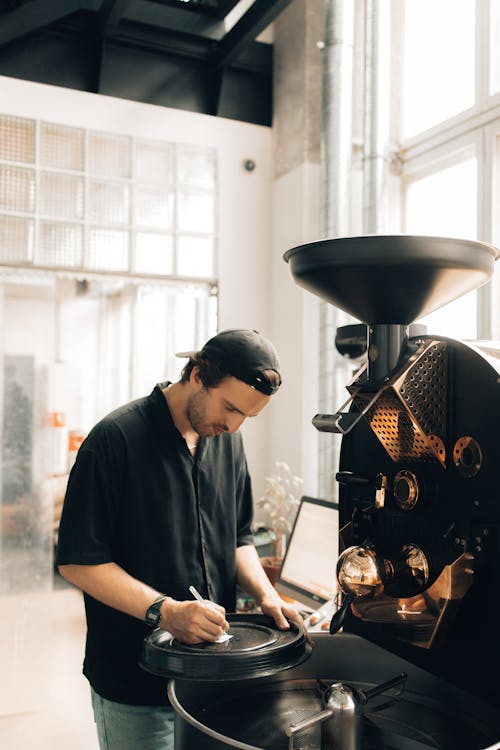
Successful roasters optimize the Maillard reaction to get the coffee they're aiming for. And how do they do that? Controlling airflow, adjusting roasting temperature, and monitoring roast progression are key strategies for making science your friend during coffee roasting.
Have you found the scientific key to your perfect roast? Tell us about it in a comment below!





Leave a comment